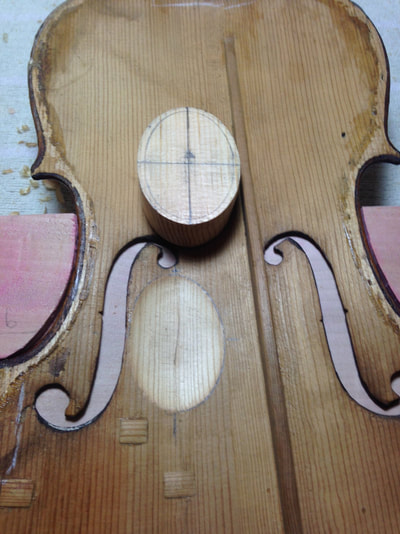

Many good quality guitars, mandolins & banjos have nitrocellulose lacquer finishes, some have catalyzed copolymers that have good tonal properties. Also like violins, better quality instruments - even relatively inexpensive instruments - have better finishes. Guitars, Mandolins & Banjos: Again, the least expensive student instruments often have thick, shiny, heavy polyurethane finishes that suffer no damage with a refinish. An well-intentioned person who is unfamiliar with instrument values & maintenance procedures can, with the stroke of a brush, cost you a lot. Only someone knowledgeable about violins & varnish finishes should attempt touch-up of a varnish finish.Įven if “repairs” to a finish make the instrument look better & tone is unaffected, even minor changes to the finish can seriously reduce a vintage instruments’s financial worth. Small touch-ups on spirit & oil varnish finishes are possible, but are more difficult to do well. Their delicacy is the very attribute that makes varnishes tonally superior. Varnishes are thin, delicate & sensitive to temperature & many solvents. Nitro, while more delicate than the armor plating of polyurethane, is still somewhat forgiving of the care that beginners sometimes give (or fail to give) their instruments, & is relatively easy for qualified repair people to, “touch-up.” Varnishes are the standard finishes for advanced student & master grade violins. While “nitro” is more typically a guitar finish, it is a credible finish for a beginner’s instrument because it simultaneously has excellent tonal properties & more durablity than the varnishes used in more advanced instrument. Better student violins sometimes have nitrocellulose lacquer finish. If so, there’s virtually nothing you can do to damage the tonality of the instrument. Violins: The least expensive student instruments often are finished in the dreaded polyurethane. Many hours of play time will go into regaining the lost tone (that is, if the tone is fully reclaimable).

Because a new finish is tighter than an aged, played finish, the tone of a refinished instrument will regress to that of a younger instrument. While you can “touch-up” dings & scratches, an overall refinish is heresy - even when the instrument LOOKS pretty shabby. All of these finishes change with time & exposure to the vibration of playing. Nitrocellulose lacquer, French polish, spirit vanish & oil varnish are the most common high quality finishes. Just as the wood in a good quality instrument becomes more flexible & tonally vibrant with playing, so does a good finish. However, better quality instruments - even student instruments - have finishes that are light & flexible. The least expensive student instruments often have finishes that do nothing to enhance tone (polyurethane) & refinishing such an instrument would cause no damage. And, if the instrument has value as a vintage piece, refinishing will certainly ruin it. Refinishing, especially with inappropriate finishes, can destroy the sound of your instrument. Arrrrgggggghhhhhhhhh! No! No! Please No! The finish on good quality instruments is a part of the instrument’s tone.


 0 kommentar(er)
0 kommentar(er)
